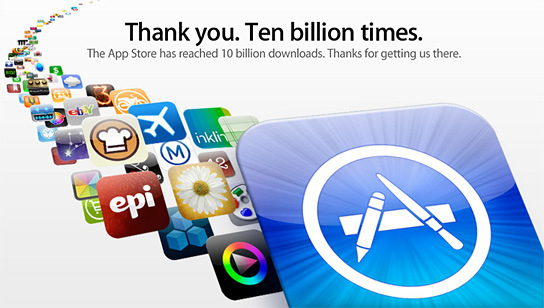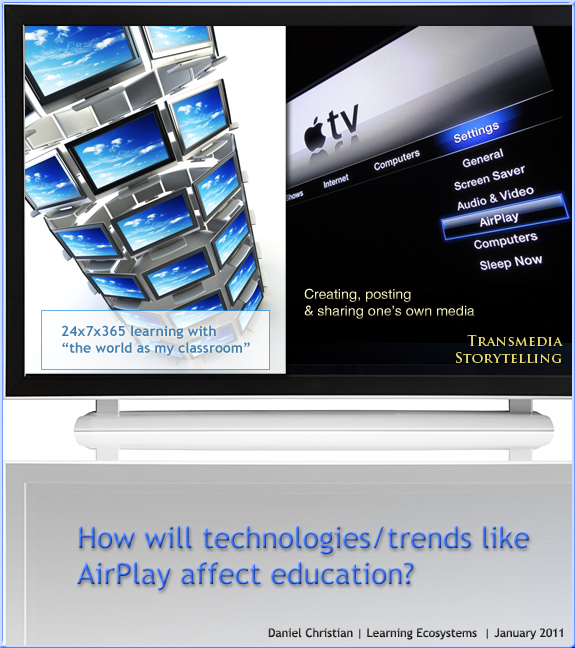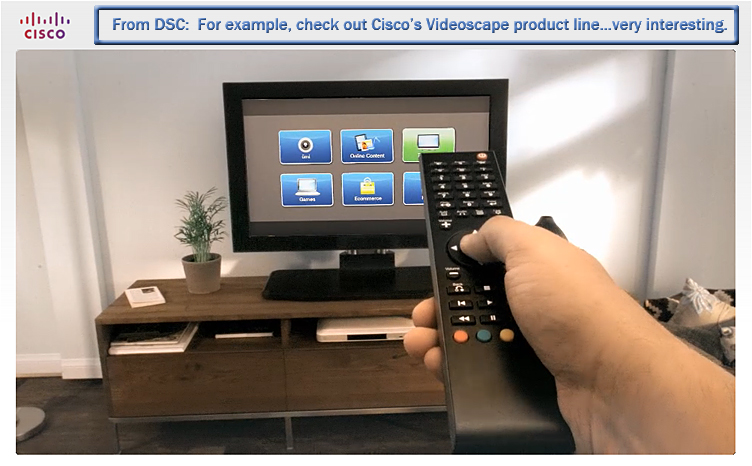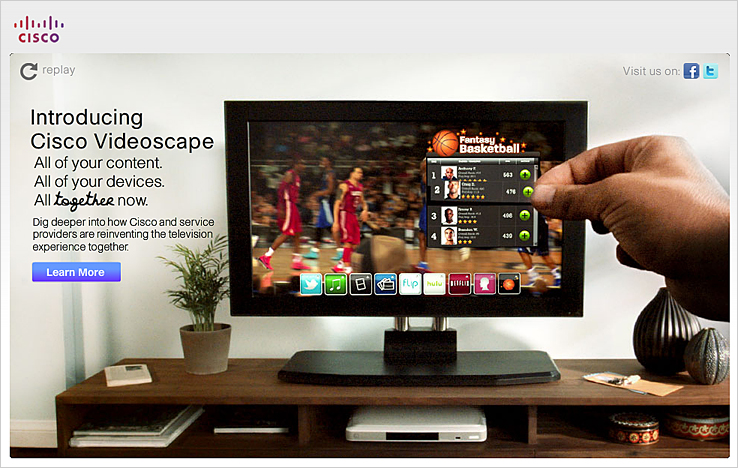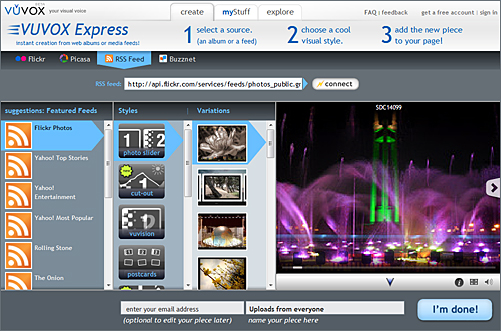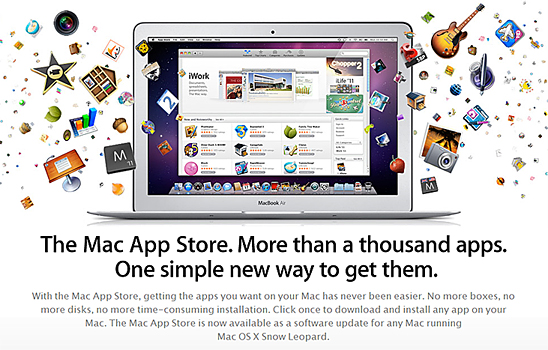IBM’s Watson Jeopardy stunt unleashes a third great cycle in computing — from blogs.forbes.com by Mark Mills
The news is under Watson’s hood, which signals a new era of intuitive computing and wide horizons for IBM. The implications are far-reaching despite some misguided sniffs of derision from artificial intelligence cognoscenti, and are well beyond a single column. But let’s briefly consider two things; what it means for companies in IBM’s ecosystem, and what it implies about the emerging era of intuitive computing and The Cloud.
…
Watson is not the epitome but the beginning of the next era of intuitive computing. Sitting by itself, stationary in a studio, Watson did well. Thrown in to the real world it would do less well with context-laden questions you might ask, far from home, about your flight delayed by storms.
Also see:









